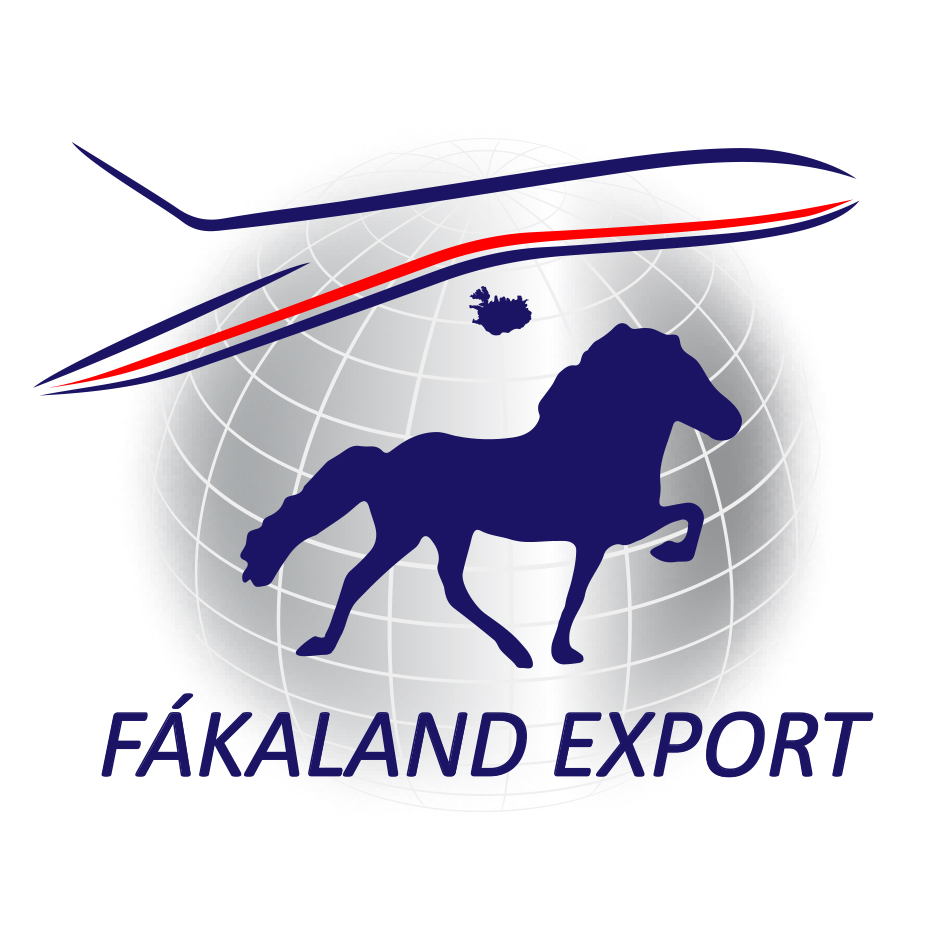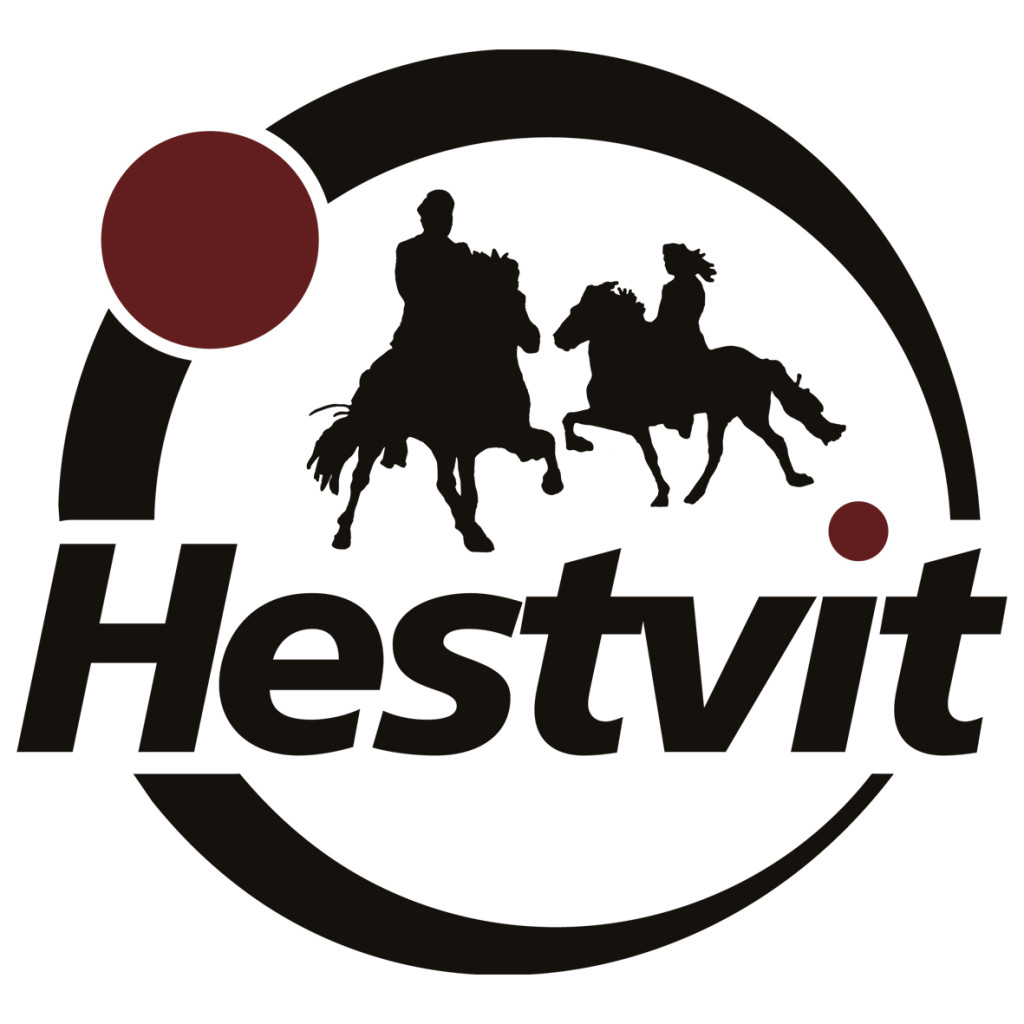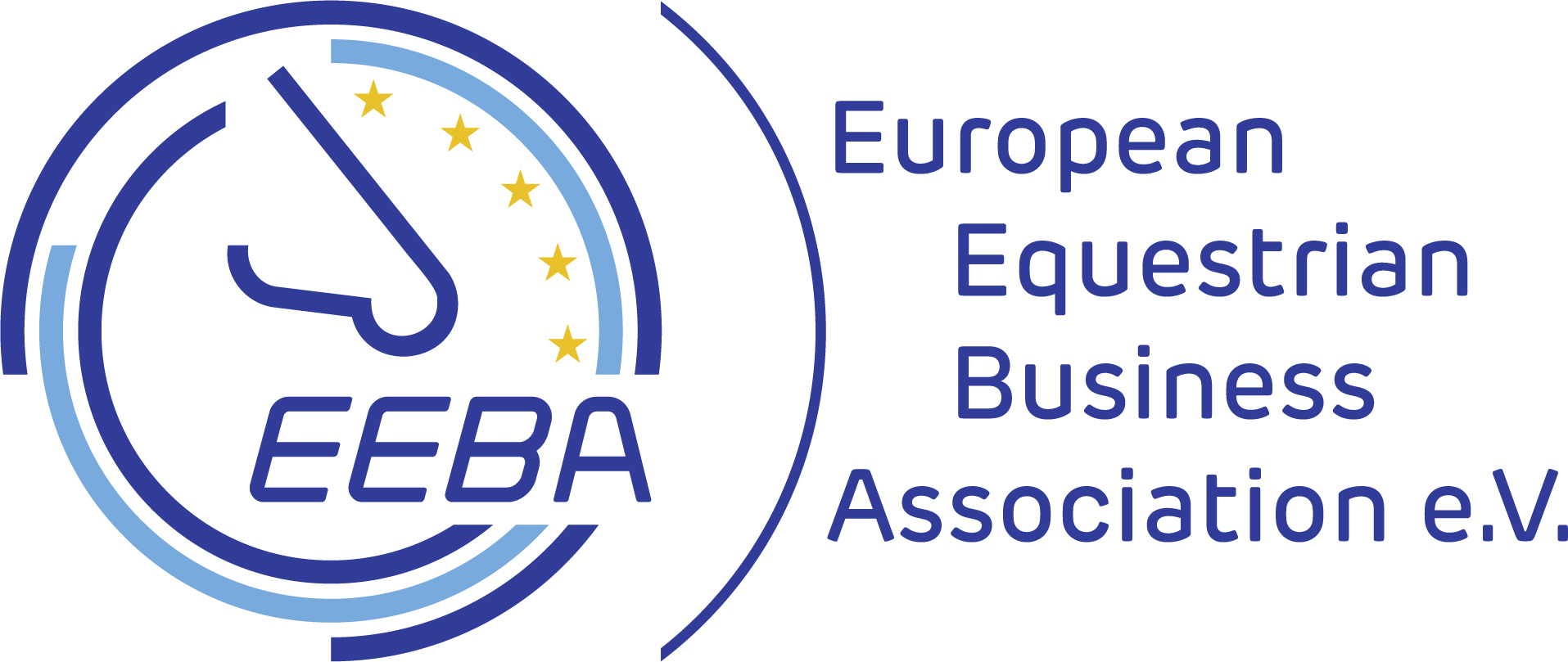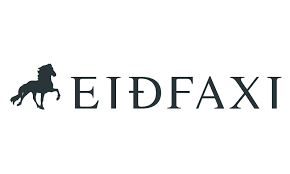ELEGANT AND POWERFUL
The Icelandic horse has been bred selectively for a long time, which has improved the breed, especially over the last few decades. Horses are usually started under saddle at three-and-a-half years old in the fall and given a break for one to two months before training starts again in December. Then they are prepared for breeding shows or assessments in the spring, which start in May. In Iceland, horses are judged from four years of age. All judgements are registered in WorldFengur.
A group of breeding judges assesses the horse’s conformation from the ground, giving marks for the different traits, and then watch the horse in action on a track, to judge the rideabilities.
The weight of conformation and riding abilities in the total score (%).
|
Trait: |
Weight: |
Trait: |
Weight: |
|
Head |
2 |
Tölt |
16 |
|
Neck, withers and shoulders |
8 |
Trot |
9 |
|
Back and croup |
5.5 |
Pace |
10 |
|
Proportions |
7 |
Canter |
4 |
|
Quality of legs |
4 |
Gallop |
3 |
|
Correctness of legs |
2 |
Spirit |
7 |
|
Hooves |
5 |
General impression |
10 |
|
Mane and tail |
1.5 |
Walk |
6 |
|
Total: |
35 |
Total: |
65 |
Apart from the spring shows, there are breeding assessments at Landsmót every other year, at the midsummer shows in July and late summer shows in August. There are also breeding shows at the World Championships every other year, opposite Landsmót. Icelandic horses don’t just compete in sports but also in best breed.
The official breeding goal of Icelandic horses is to produce a healthy, fertile, and durable riding horse, a robust and yet elegant and versatile horse with five excellent gaits. The conformation should offer optimal natural balance, and the movements should be supple, high and ground covering in all gaits, giving an elegant and powerful image.
SMALL BUT NOT A PONY
The size of Icelandic horses can vary considerably, from just about 130 cm on highest point of withers, to over 150 cm. The average size of horses shown in breeding evaluation is now at 142 cm to the withers which is considerably taller than 30 years ago. The reason for horses growing taller is due partly to better feed, but also selected breeding.
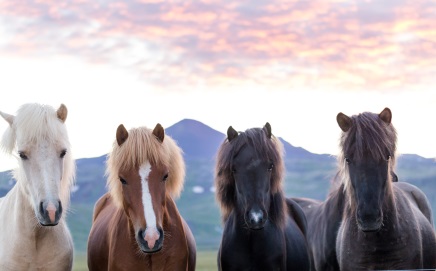
COLOURFUL CHARACTERS
The official breeding goal is to preserve all possible varieties of coat colour within the breed. It still should be kept in mind that some colour variations are correlated with genetic or physical defects that should be avoided. Read more about the colours here.
The horse’s character should enable it to be used for different roles. It should be calm, friendly and cooperative, as well as courageous and reliable. The breeding goal encompasses everything from sensitive and willing horses to calmer types, but always with an emphasis on willingness to perform. Read more about the character here.
TRUE ICELANDIC GÆÐINGUR
The conformation should be functional and promote the health and durability of the horse where carrying ability, natural gaiting ability and the capacity to move under a rider in balance and correct body function are paramount. The conformation should also be characterized by beauty and attractive appearance with an emphasis on strength and muscularity.
The aim is to breed a quality gaited horse that has a natural ability to carry a rider in balance, self-carriage and is beautiful when ridden, a horse that is agile, sure-footed and with good stamina – a true Icelandic gæðingur. The main goal with regards to the gaiting ability is that the gaits have correct beat and body function, the horse is moving freely in an even rhythm. The gaits should moreover possess suppleness, lightness, long strides and speed capacity. Read more about the gaits here.
The above text is an excerpt from a document published by the Icelandic Agricultural Advisory Centre on the breeding goals of the Icelandic horse.
Click here for detailed description of breeding goals.
BREEDERS OF THE ICELANDIC HORSE
-
Gaits
The horses of Iceland are a so called “gaited horse” breed, meaning that besides walk, trot and canter/gallop that all horses posses, the Icelandics also have two more to offer. Read more -
Colours
Icelandic horses have probably the biggest colour variation of any horse breed in the world! Read more -
Character
The Icelandic horse is world wide known for it’s genuine and welcoming character; friendly yet also powerful! Read more -
Breeding
The official breeding goal of Icelandic horses is a healthy, fertile and durable riding horse, a robust and yet elegant Icelandic horse with excellent five gaits! Read more




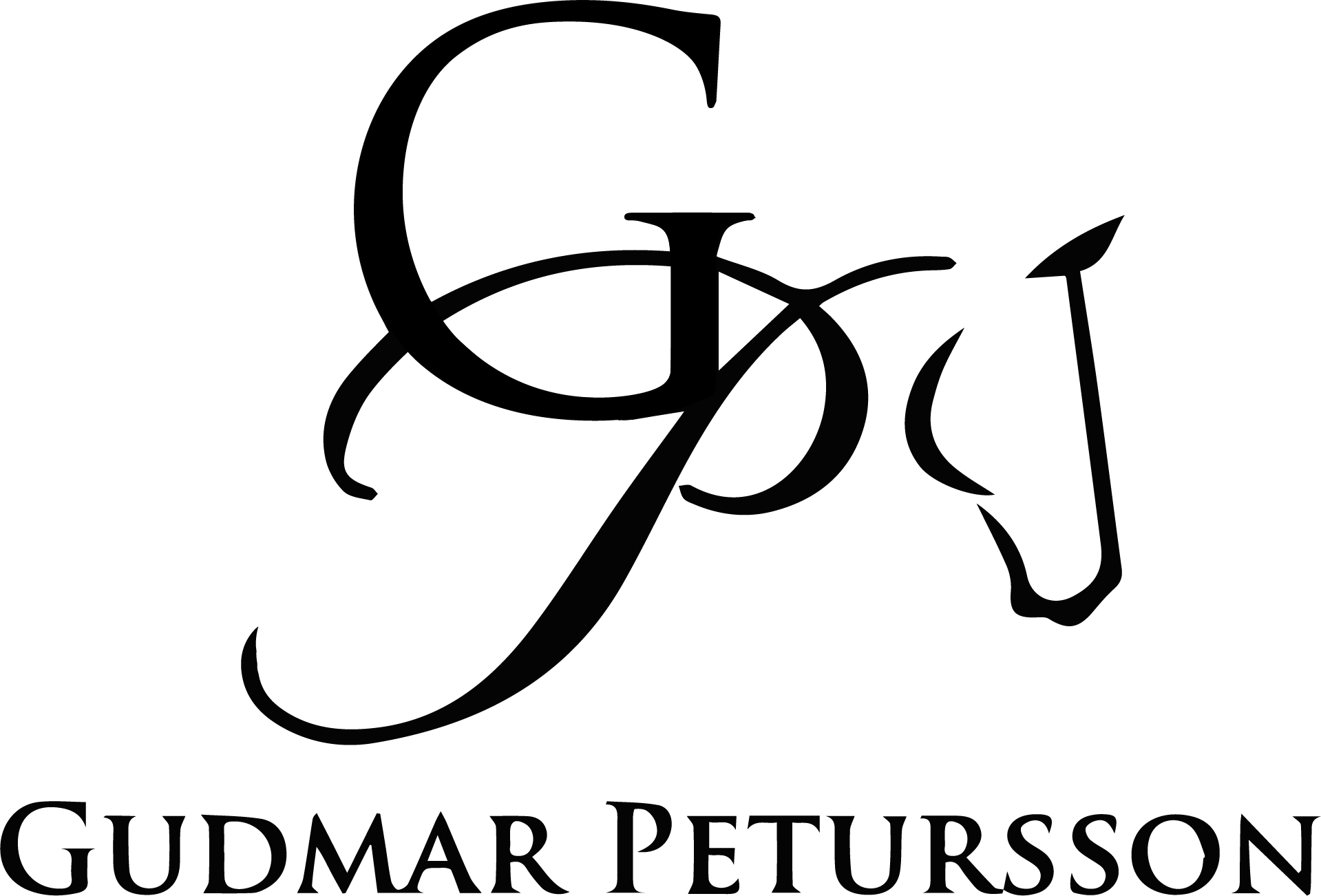
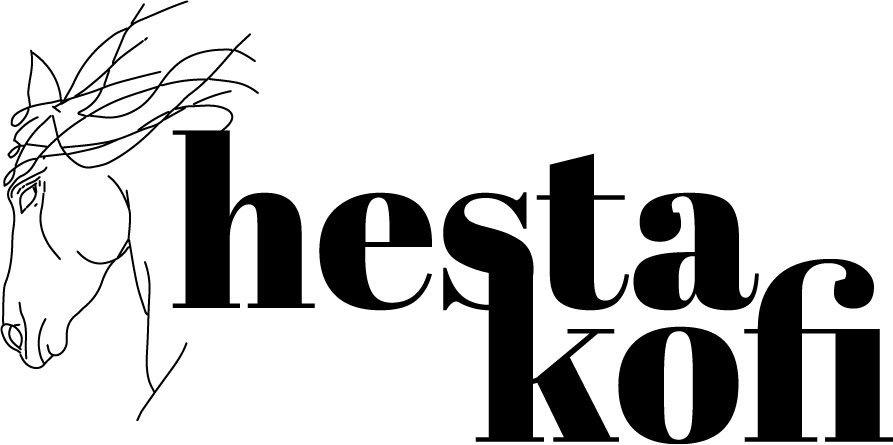
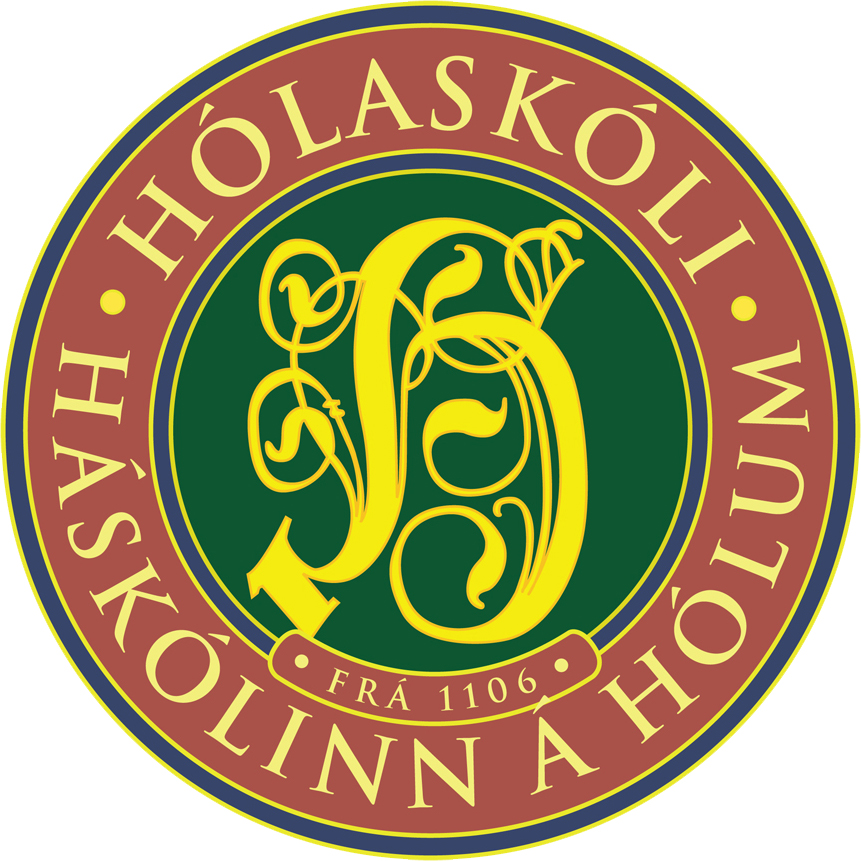
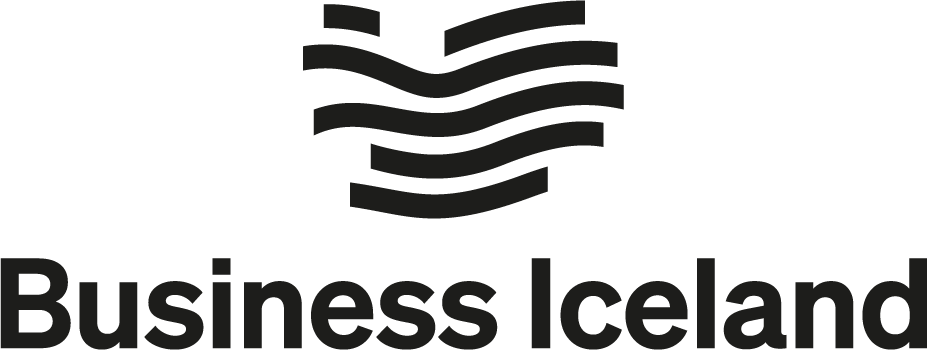


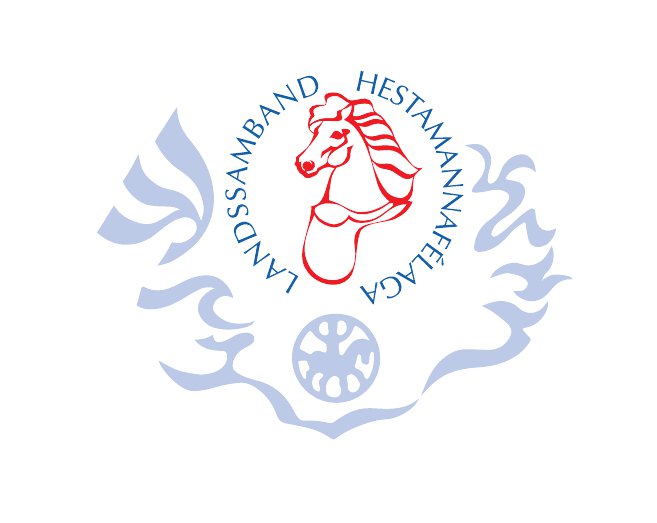

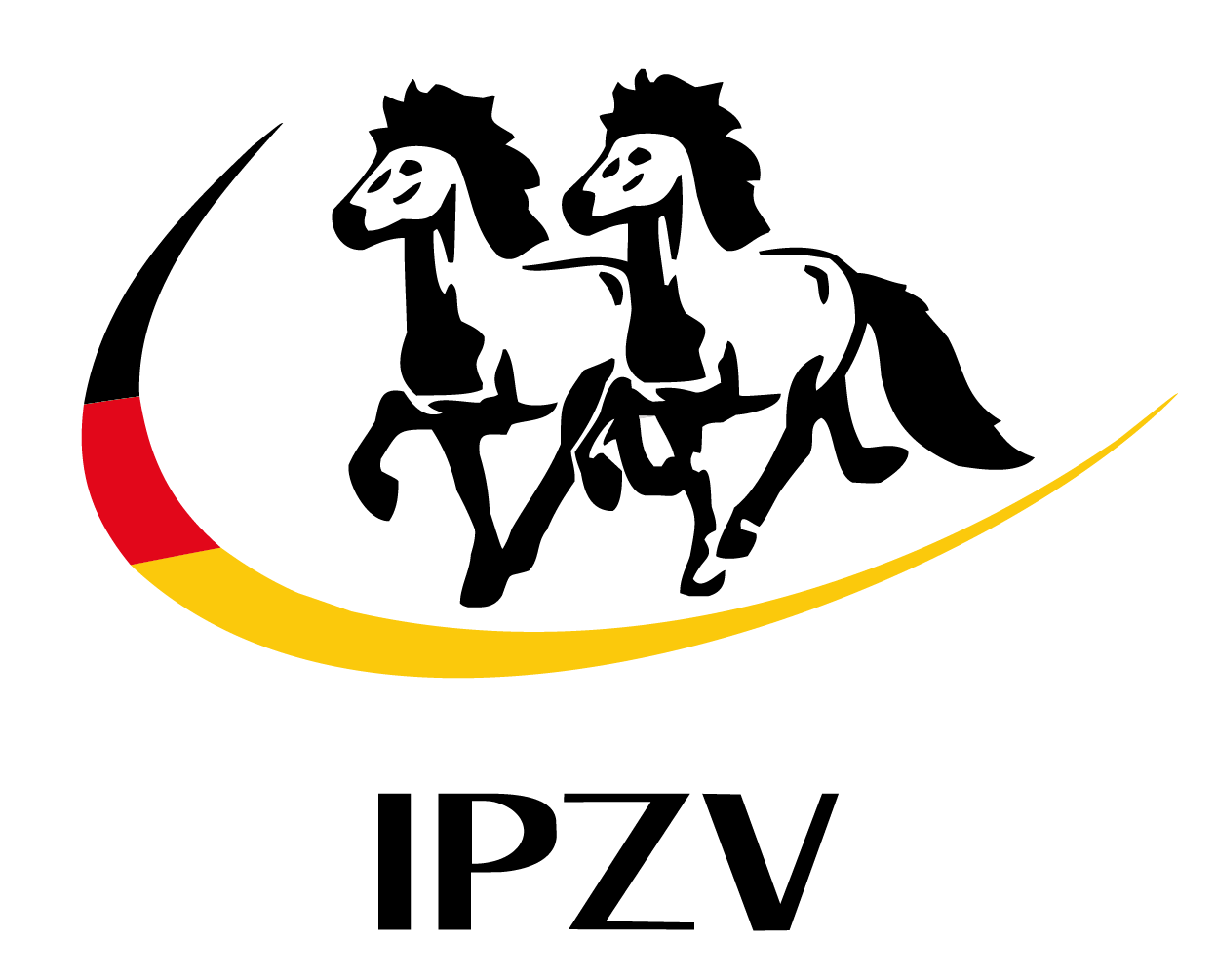

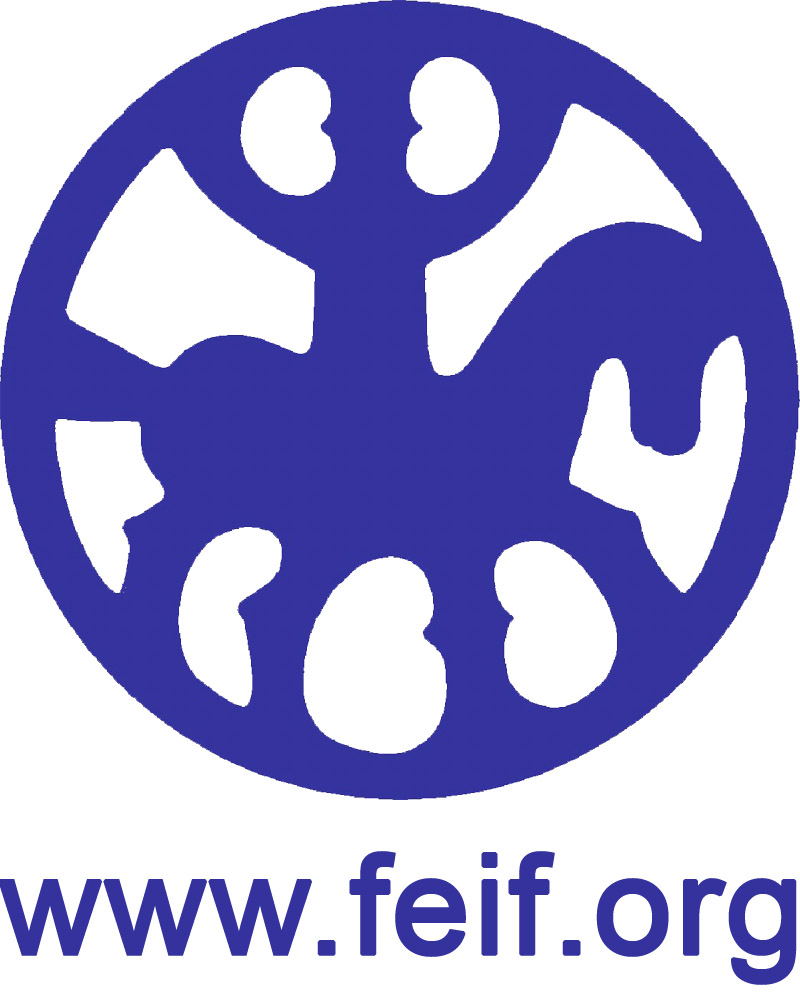
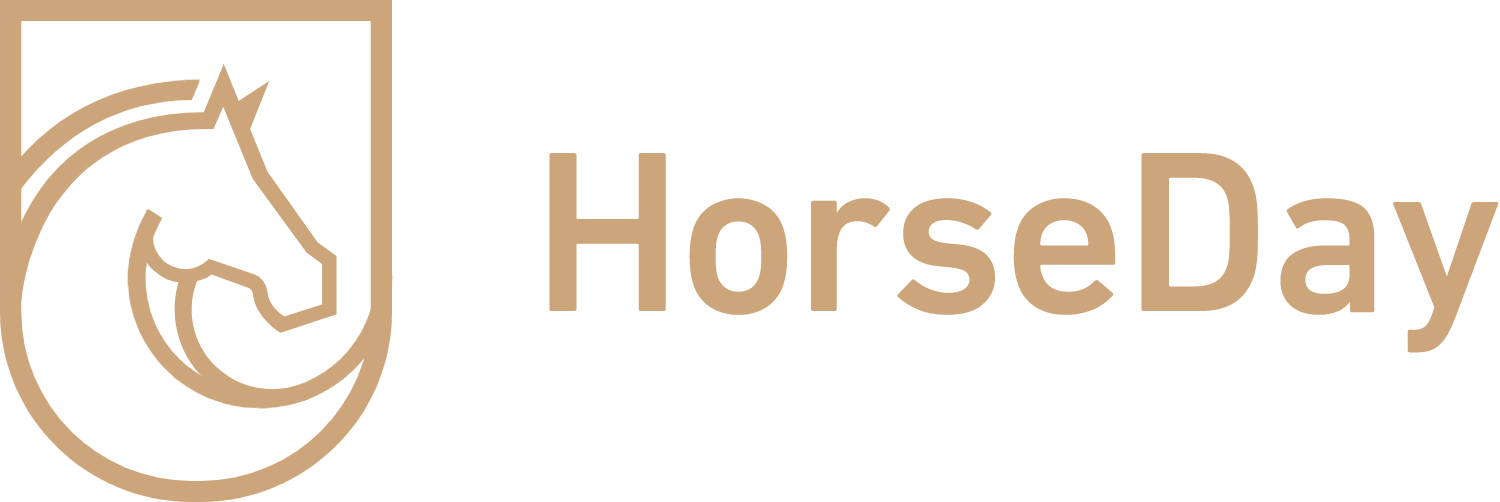
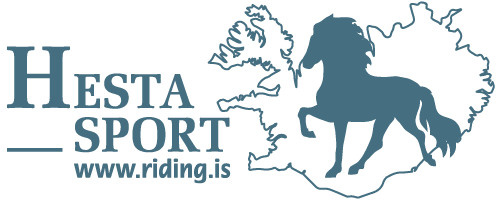


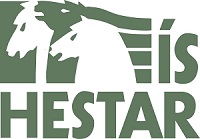
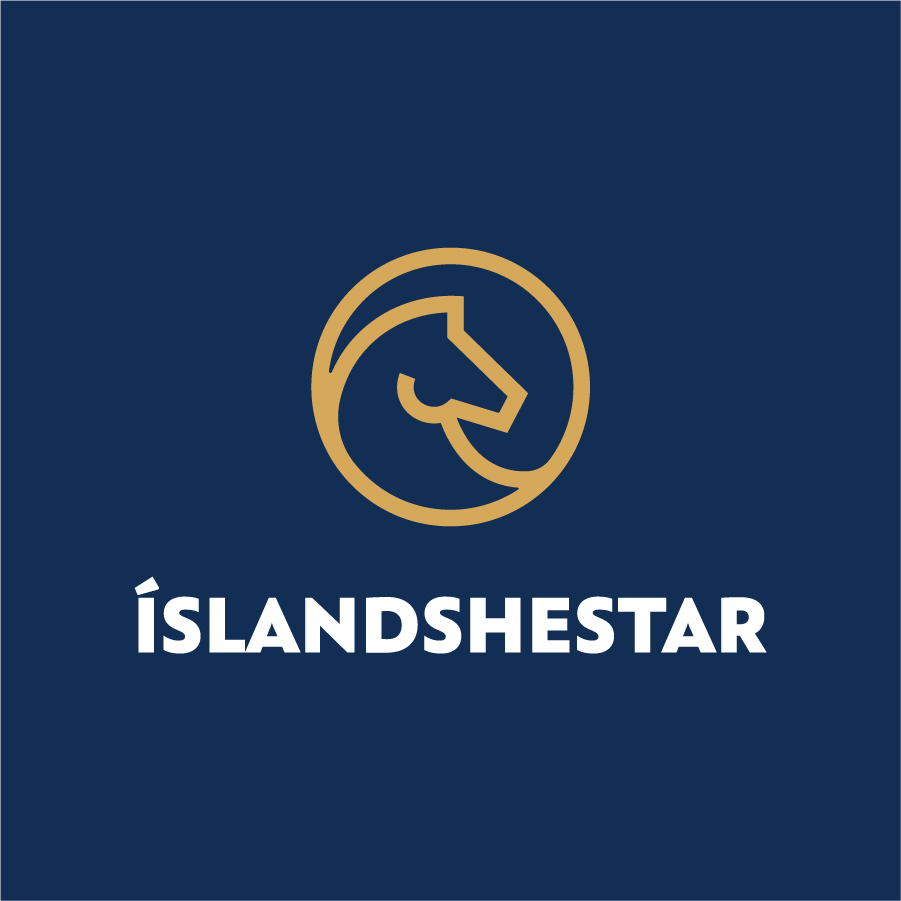
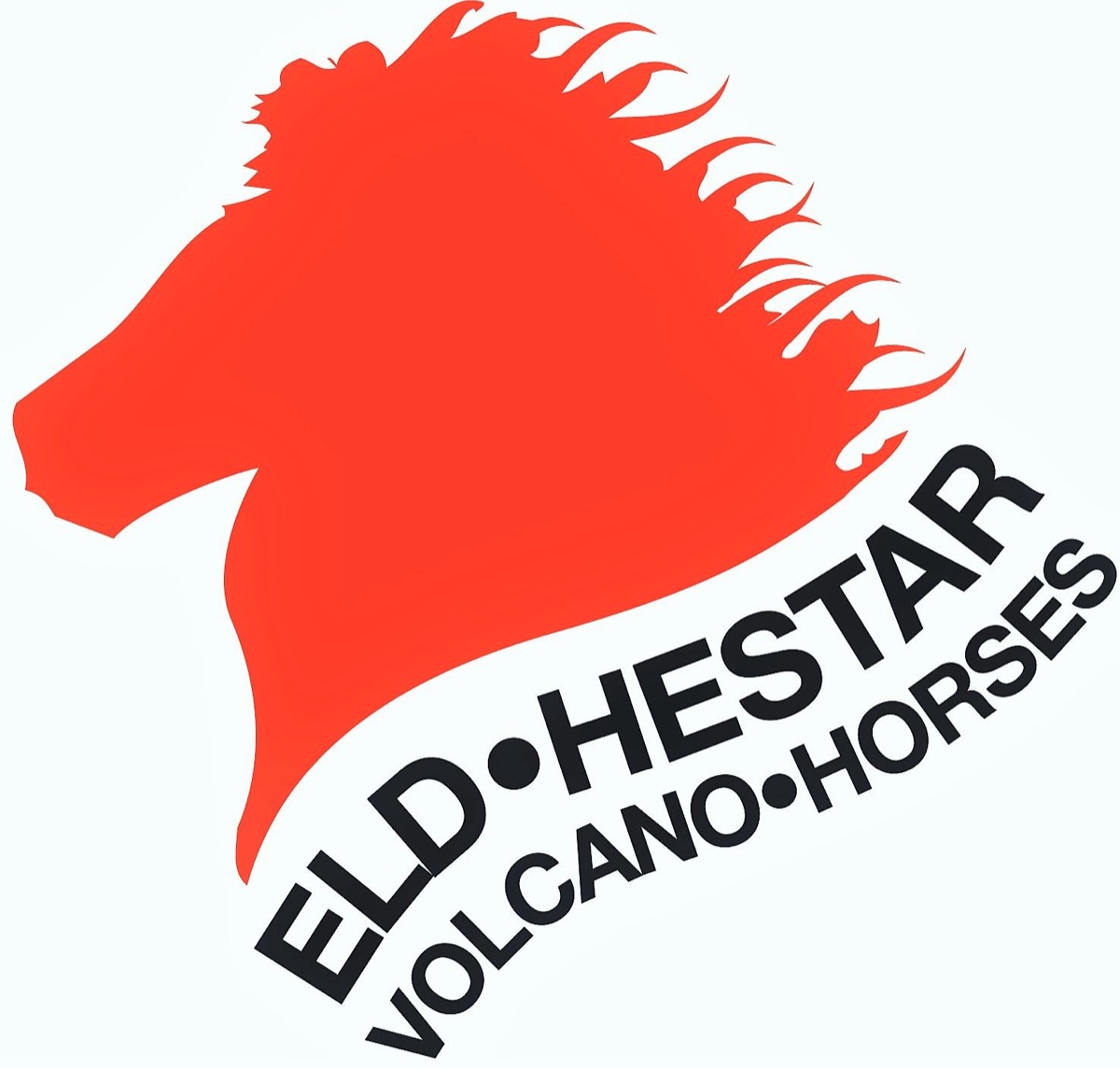
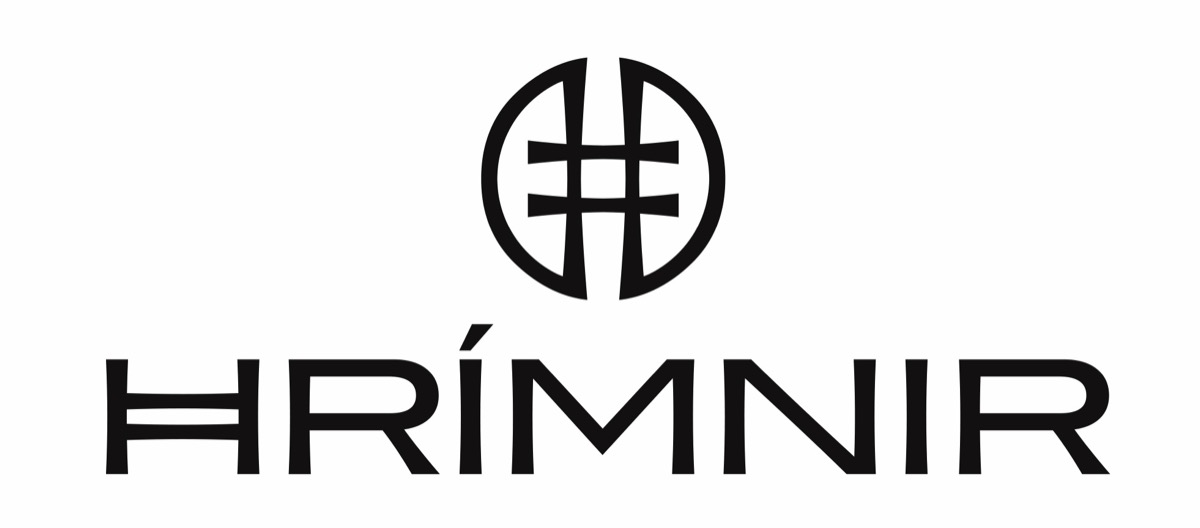

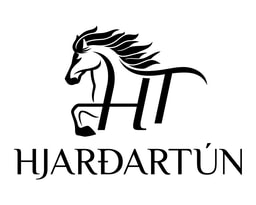
-1.jpg)
